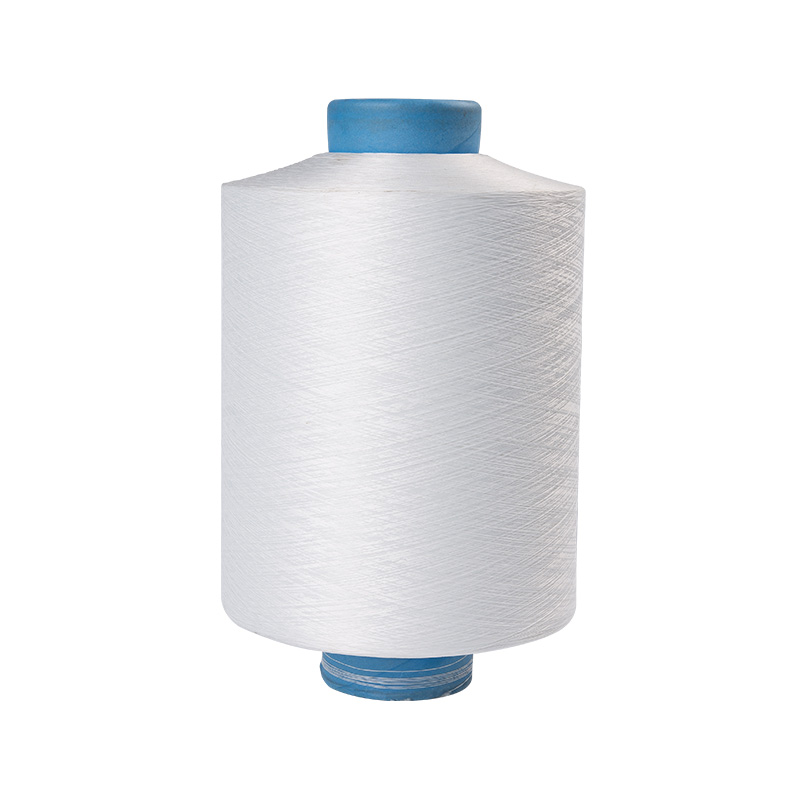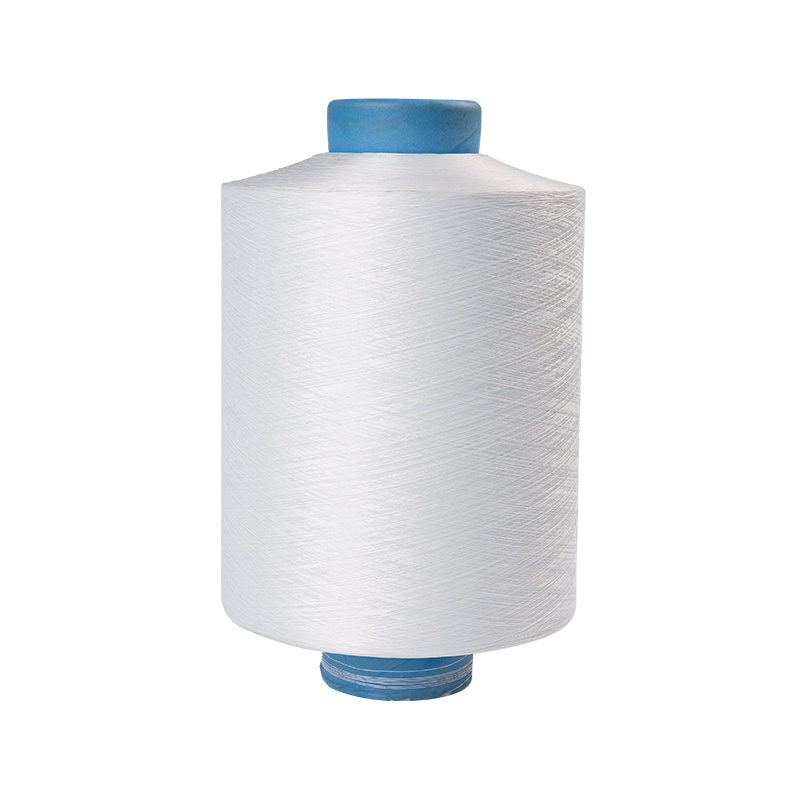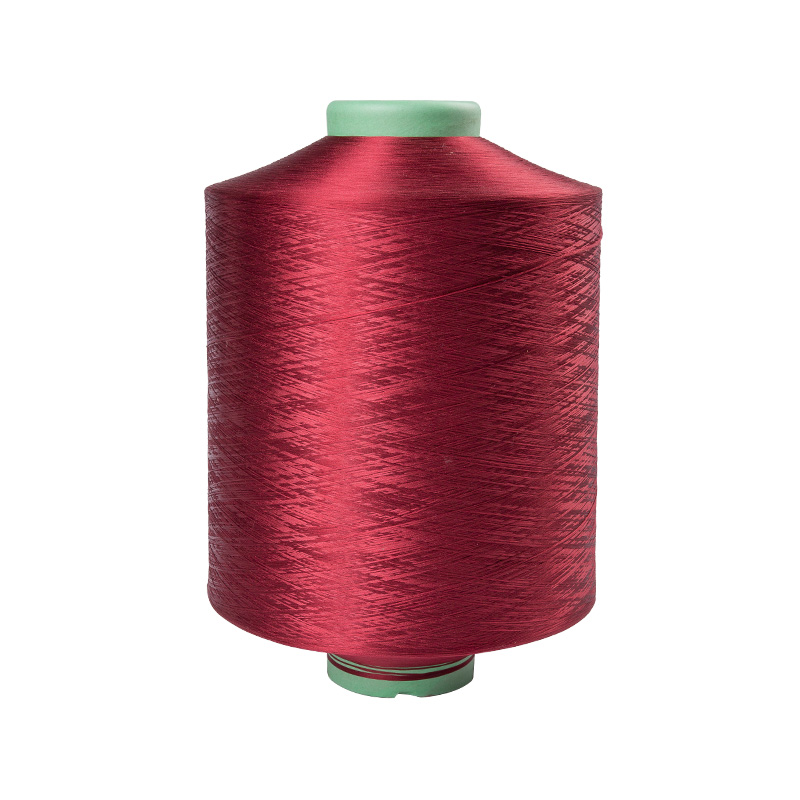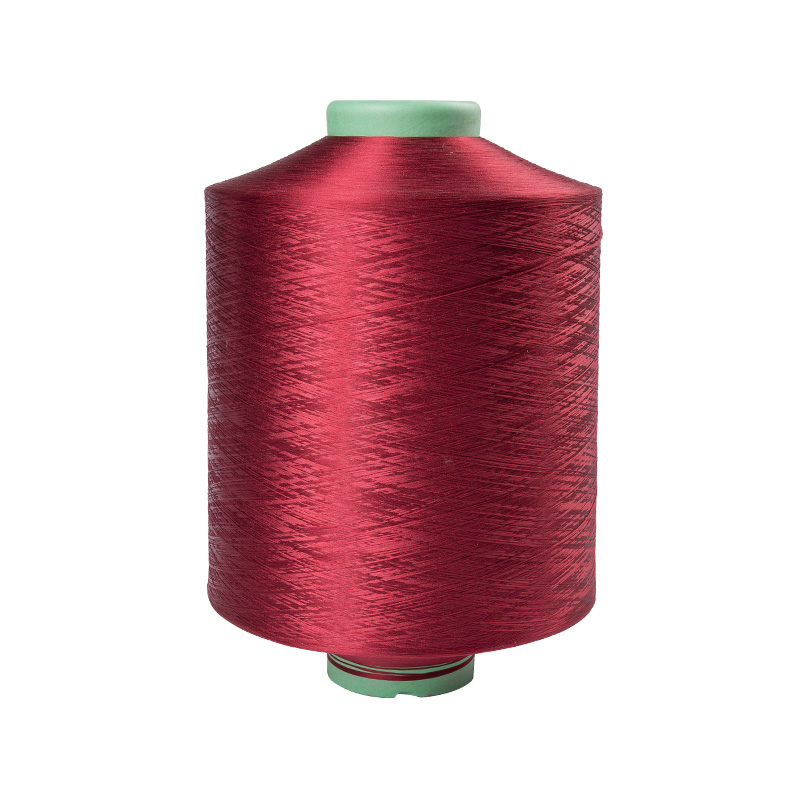The reason why high-strength fully drawn yarn has such excellent performance is first of all due to its unique material composition. This type of fiber usually uses high molecular polymer as the base material, and through fine molecular design and synthesis process, it is endowed with extraordinary physical properties. These high molecular polymers often have extremely high molecular chain rigidity and intermolecular forces, which enable the fiber to maintain structural stability and integrity when subjected to external forces.
In terms of material selection, manufacturers of high-strength fully drawn yarn carefully select raw materials to ensure that each fiber can achieve the best mechanical properties. At the same time, by adding specific additives and modifiers, the wear resistance, tear resistance and corrosion resistance of the fiber are further improved. These additives not only enhance the internal structure of the fiber, but also make its surface smoother, reducing friction and erosion with the external environment.
In addition to material properties, the production process of high-strength fully drawn yarn is also indispensable. From the pretreatment of raw materials to the spinning, stretching, shaping and other links of the fiber, strict control and fine operation are required.
In the spinning stage, manufacturers use advanced spinning equipment and technology to ensure that the melt is evenly extruded under high pressure to form high-quality primary fibers. In this process, precise control of parameters such as temperature, pressure, and speed is crucial, as they directly determine the initial performance of the fiber and the possibility of subsequent processing.
Subsequently, the nascent fiber enters the stretching stage. The reason why high-strength fully stretched yarn is "fully stretched" is that the stretching effect is introduced during the spinning process, which makes the fiber molecular chain highly oriented along the axial direction, thereby improving the strength and modulus of the fiber. During the stretching process, the precise matching of parameters such as temperature, speed, and tension is the key. Through multi-stage stretching and heat treatment processes, the molecular structure of the fiber is further optimized, the internal stress is released, and finally a high-strength fully stretched yarn with excellent mechanical properties is obtained.
It is based on such material properties and production processes that high-strength fully stretched yarn has shown a wide range of application prospects in the field of outdoor products. For mountaineering enthusiasts, ropes and equipment made of high-strength fully stretched yarn are not only light and easy to carry, but also can maintain stable performance in extreme environments, ensuring the safety and smoothness of the climbing process. In terms of fishing lines, the wear resistance and tear resistance of high-strength fully stretched yarns make the fishing lines more durable and not easy to break. At the same time, its lightness also improves the comfort and sensitivity of fishing. Nautical ropes use the high strength and corrosion resistance of high-strength fully stretched yarns to ensure stable performance in harsh marine environments, thus ensuring safe navigation. In addition, with the advancement of technology and changes in market demand, the application areas of high-strength fully stretched yarns are constantly expanding. In the field of smart textiles, high-strength fully stretched yarns are used as sensor cables in wearable devices, conductive fibers in electronic textiles, etc., providing important material support for the development of smart textiles.

 English
English 中文简体
中文简体








